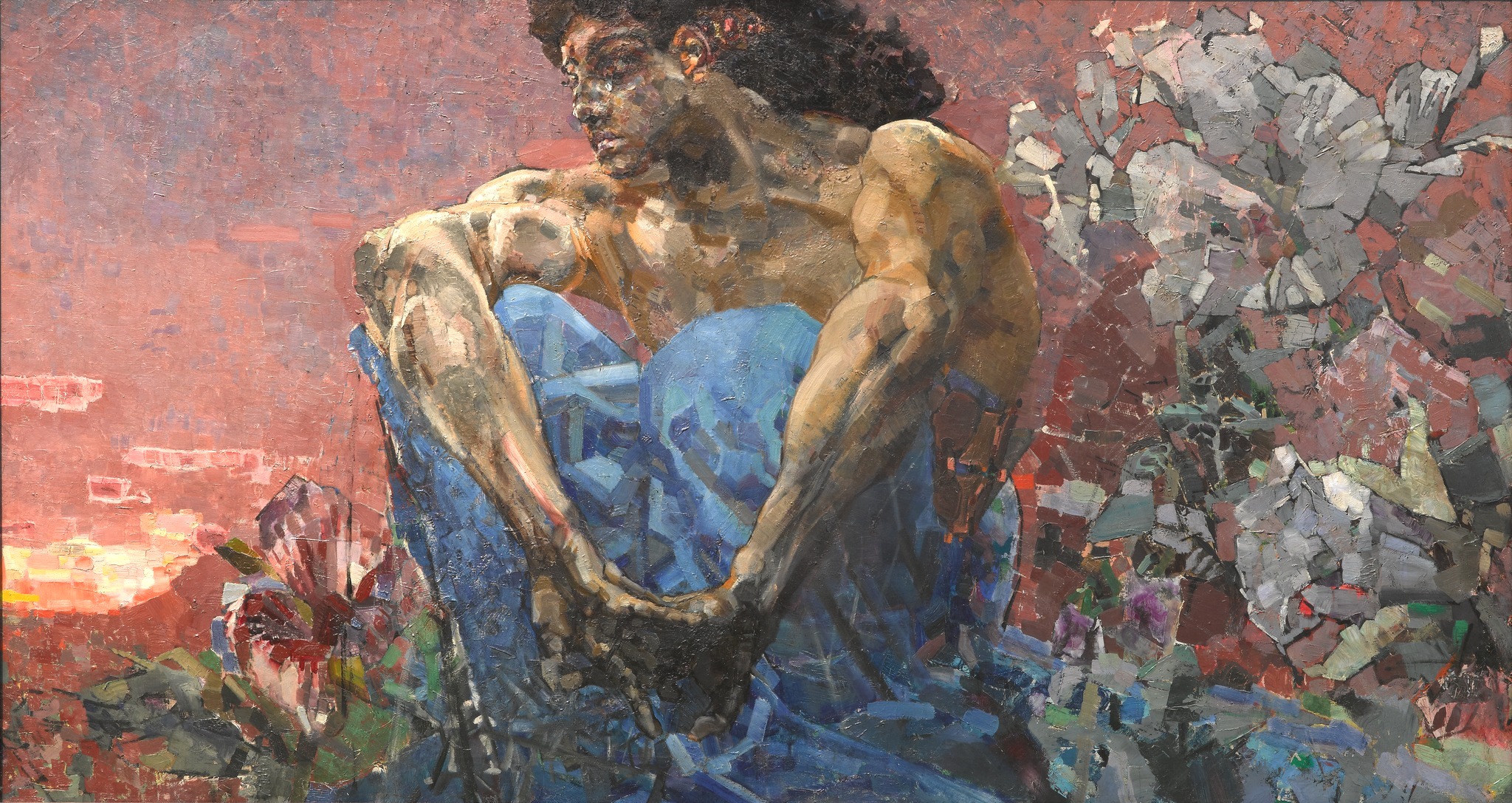In the picture of Theodor Gericault "The Epsom Derby", the horses run from right to left, as if with the last forces, or rather, on the border of tension. It seems to us that they seem to be approaching us, although they will pass by. This is explained by the fact that on the left, below, not only the beginning of the movement in the picture, but also we, the spectators, are as near to the beginning zone. Any tension appears, as we know, only when the force meets opposition, and then we feel the action This strength. At the same time, we admit: in this picture there are the sounds of a thunder, that is, auditory associations.
 |
| Théodore Géricault, The Epsom Derby, 1821 |
This feeling is felt most acutely on the left side. In this case, the auditory sensations are amplified by the fact that the dark silhouettes of horses seem to be something dark, sharp, vigorous, and adding to this the feeling of "weight" of black against white, the auditory sensations are even stronger. It is interesting to note that a massive black cloud, as a rule, always descends, presses downwards, and the clouds are dark, but thin, zigzagged, squeezed among white, becoming thinner than the real size, but they gain in energy. The head of a black horse and the silhouettes of feet are clearly read. Black, squeezed among the white, becomes so energetic that it presses any direction upwards. White has the ability to expand, rise up, and, encountering the pressure of the dark, also shrinks, becomes harder and extends its direction upwards. Black, as a rule, obscures the movement of white, but white does not interfere with the movement of black. In this case, the white horses that run behind from the right side feel the pressure of the black from above, and this pushes their movement from the right to the left.
In the mirror image of this work, a completely different effect: running horses quick, easy, without barriers. They move away rather than approaching, and the main thing is that the auditory sensations disappear. So in the mirror image, you can see the difference between the impressions of the left and the new image fields.
 |
| The painting is reversed |
By the way, observations have shown that the flowers blossoming with the opening of the petals, blossom after the rule of the clockwise movement, and at birth they are rolled up against the clockwise movement. Maybe it's an accident, but all this is taken into account when studying such a new and important phenomenon.
... Let's consider one more example. Before us is the picture of M. Vrubel "The Demon".
 |
| Mikhail Vrubel - The Demon |
 |
| Mirrored image |
No comments:
Post a Comment